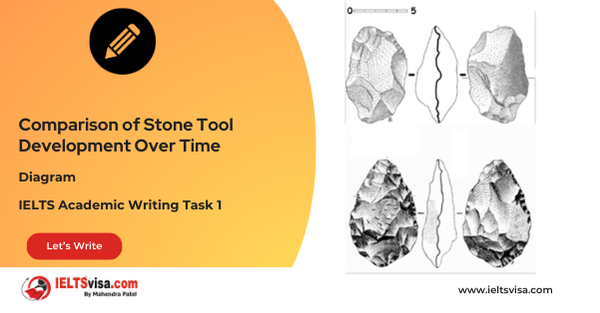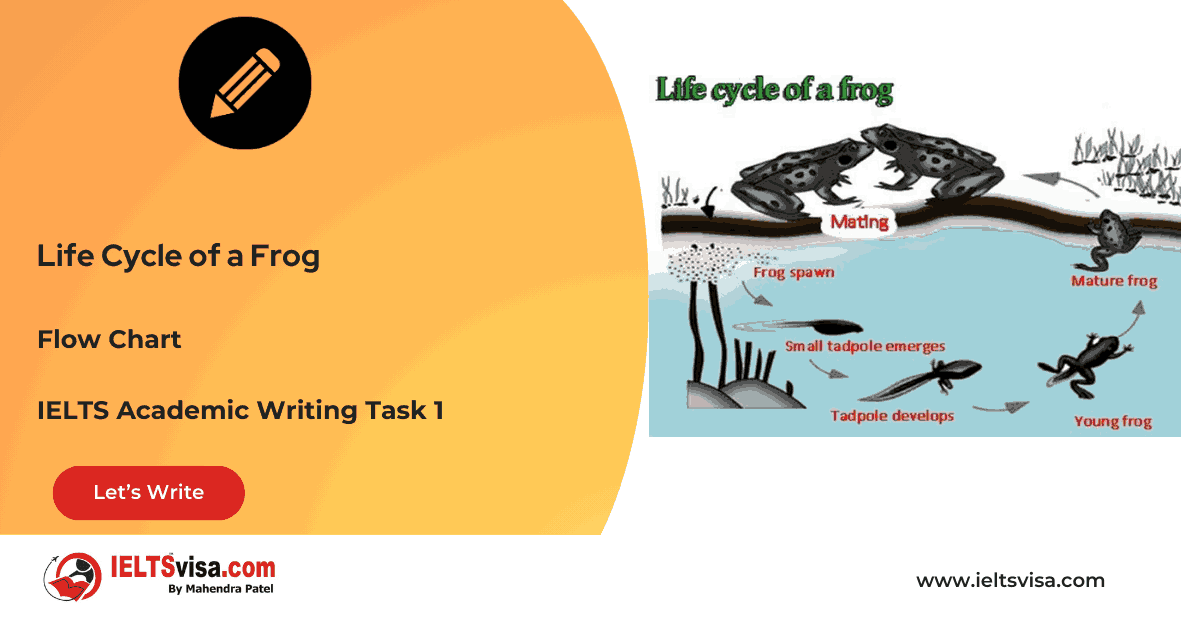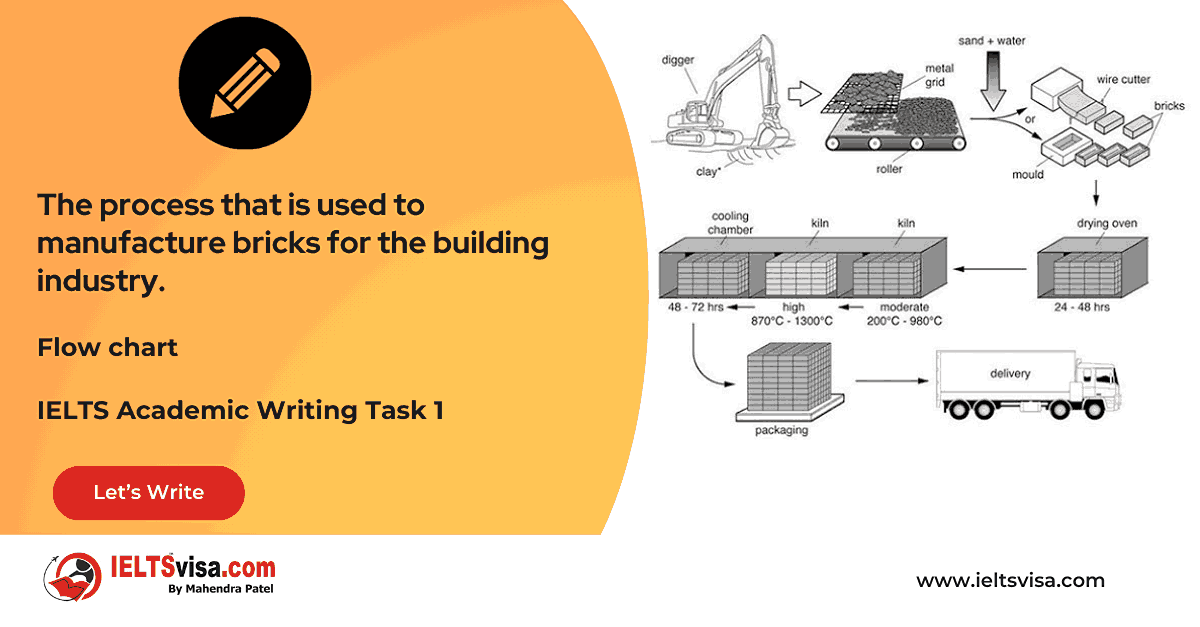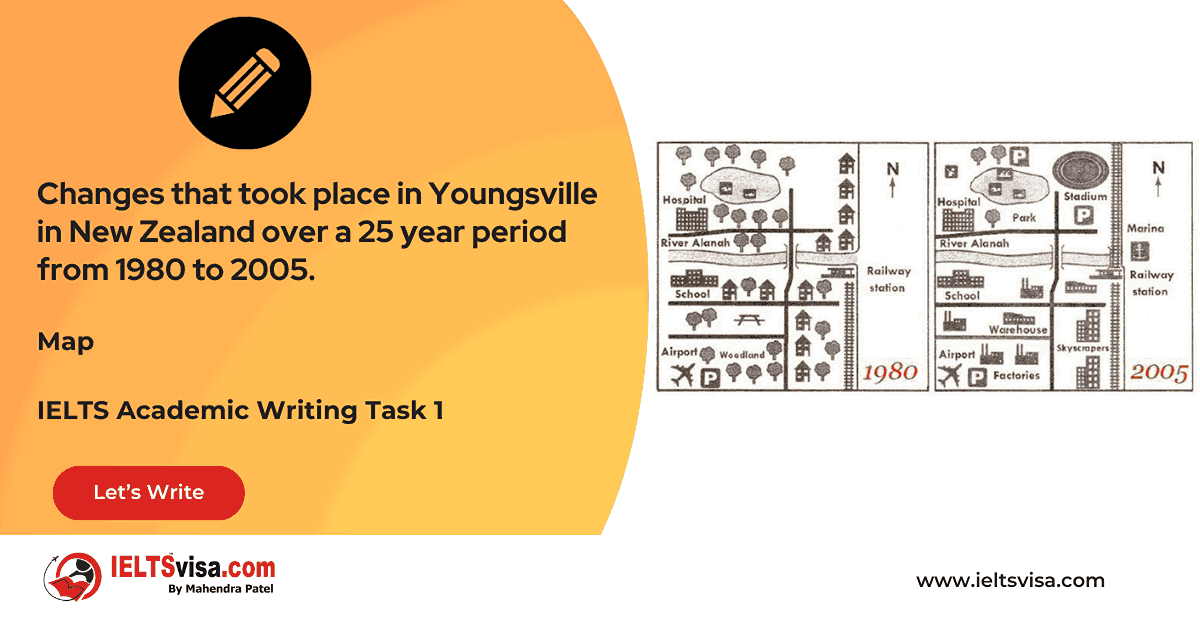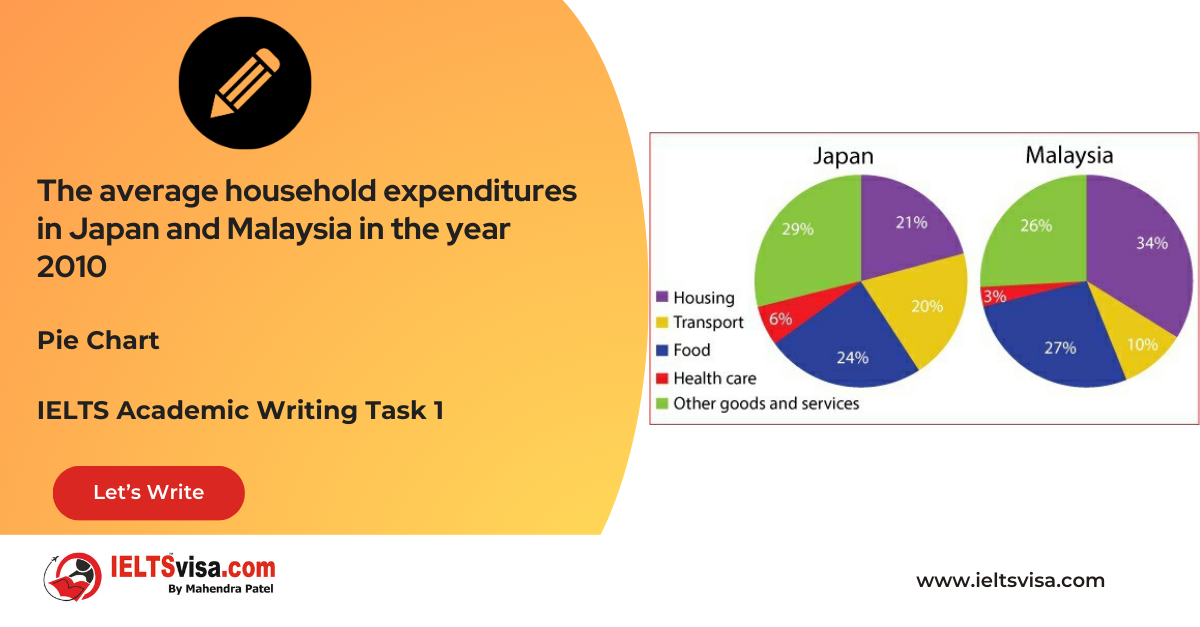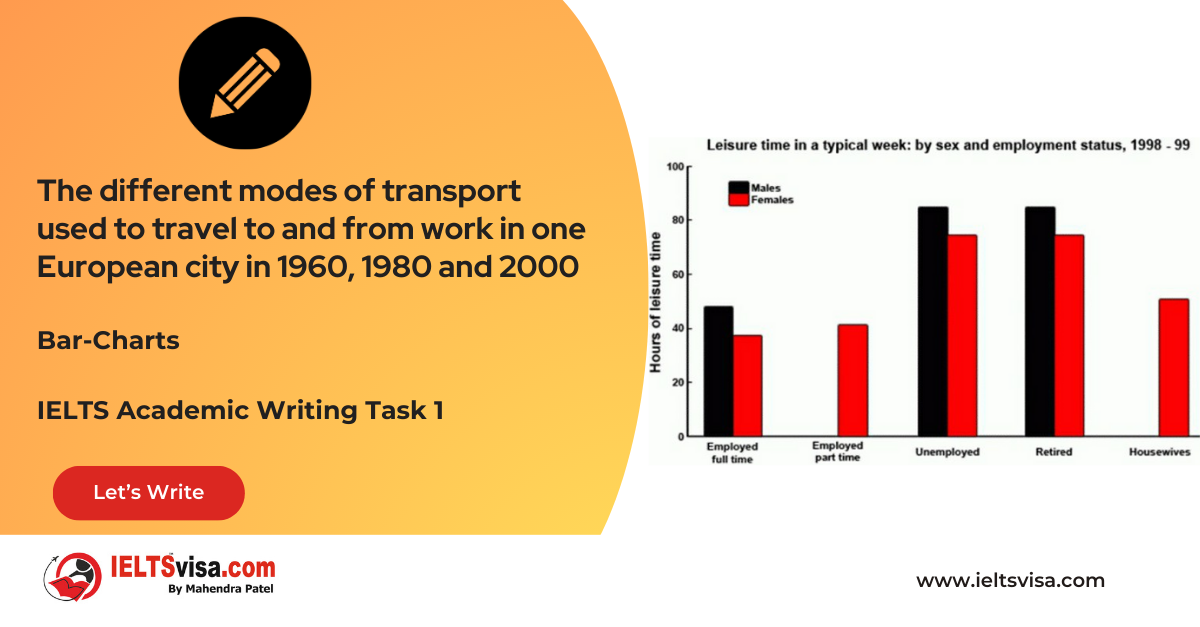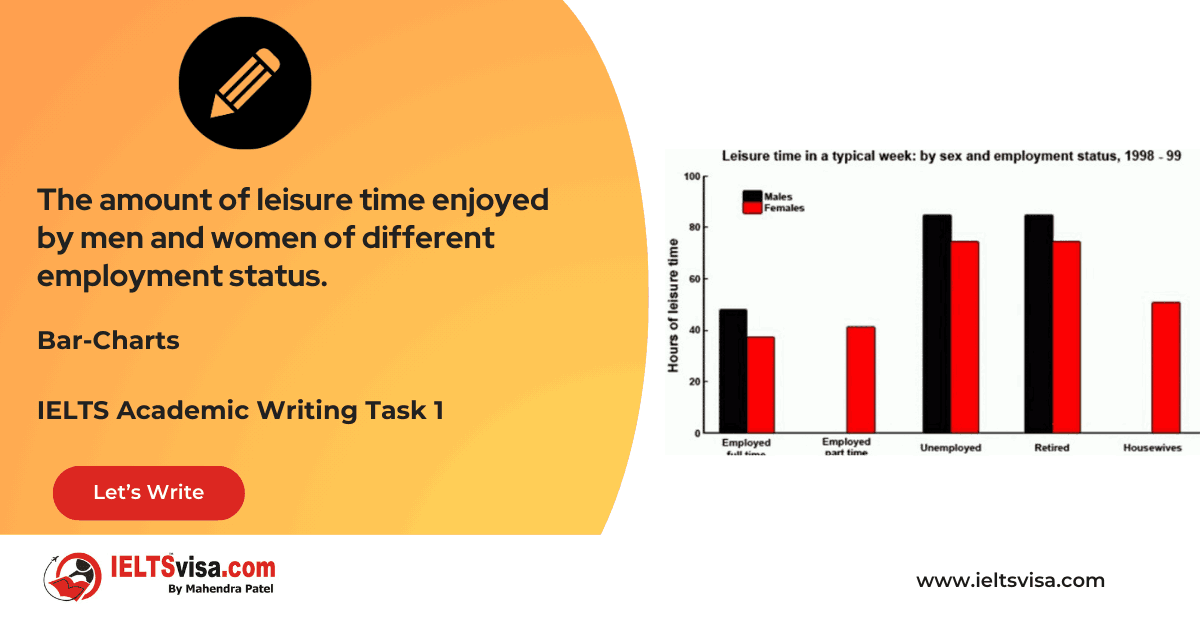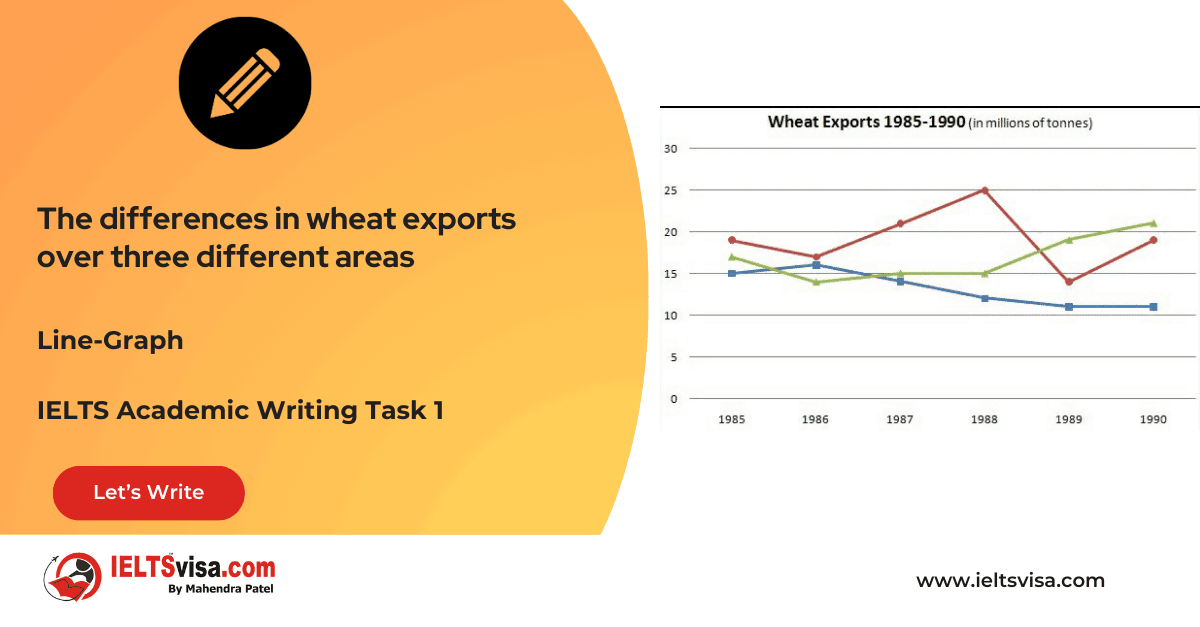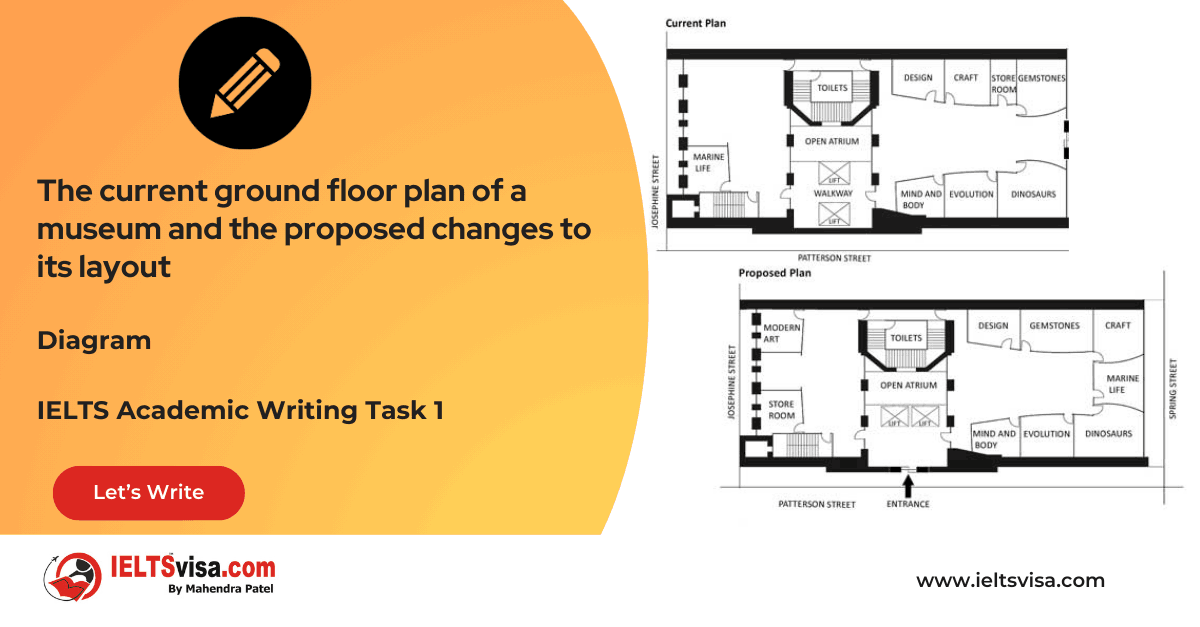Different Sentences You Can Use Alternatively
Lexical Resource & Grammatical Range and AccuracyIELTS Academic Writing Task 1
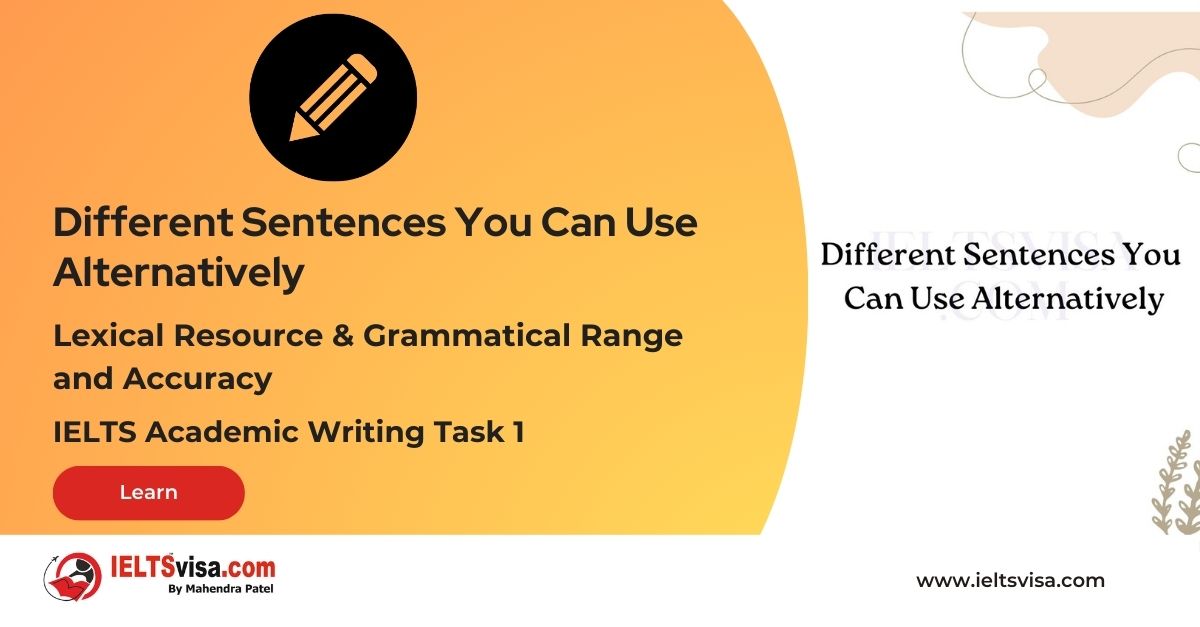
In the IELTS Academic Writing Task 1, showcasing a diverse range of sentence structures and vocabulary is crucial for demonstrating a strong command of Lexical Resource and Grammatical Range and Accuracy.
This task requires you to describe and interpret visual information, such as graphs, charts, and diagrams, which often involve presenting data in various ways.
By using alternative sentences, you can avoid repetition, add variety to your writing, and showcase your language proficiency, maximizing your overall performance.
In this article, we will explore different sentences you can use alternatively in Task 1, accompanied by examples and answers to help you excel.
1. Alternative Sentence Structures:
a. Instead of starting with the subject:
Example: Rather than focusing solely on the age group, attention should also be given to other demographic factors.
b. Instead of using a standard sentence structure:
Example: With regard to the increase in temperature, it is worth noting the impact it has on the environment.
c. Instead of using a simple sentence:
Example: The sales of Product A rose steadily throughout the year. Conversely, Product B experienced a decline.
2. Alternative Vocabulary and Phrases:
a. Synonyms for common words:
Example: Instead of using “increase,” you can use “growth,” “rise,” “surge,” or “escalation.”
b. Alternative expressions for trends:
Example: Instead of repeatedly using “increased,” you can use “went up,” “showed an upward trend,” “experienced an upward shift,” or “witnessed an uptick.”
c. Different ways to express comparison:
Example: Instead of always using “more” or “less,” you can use “greater,” “higher,” “lower,” “comparatively higher,” “relatively lower,” or “significantly greater.”
Example Answer:
Original Sentence: The number of cars on the road increased.
Alternative Sentence: There was a notable rise in the number of cars on the road.
In the alternative sentence, a synonym is used to replace the word “increase” to add variety to the sentence structure. This helps to showcase a wider range of vocabulary and expression.
In conclusion, incorporating different sentence structures, vocabulary, and phrases in IELTS Academic Writing Task 1 is crucial for demonstrating your Lexical Resource and Grammatical Range and Accuracy.
Using alternative sentence structures like starting with alternative phrases or rearranging sentence components, employing synonyms for common words, and expressing comparisons in diverse ways can avoid repetition and add variety to your writing.
With consistent practice and a wide repertoire of language skills, you will excel in Task 1 and achieve success in your IELTS examination.








Our Books
Master IELTS Speaking Part 1
IELTS Writing Task 1 Book
IELTS Writing Task 2 Book
Practice IELTS Other Modules
IELTS Listening
The IELTS Listening test assesses how well you can understand spoken English in various contexts. It lasts about 30 minutes and is divided into four sections with a total of 40 questions. The listening tasks become increasingly difficult as the test progresses.
IELTS Academic Reading
The IELTS Academic Reading section assesses your ability to understand and interpret a variety of texts in academic settings. It is designed to evaluate a range of reading skills, including skimming for gist, reading for main ideas, reading for detail, understanding inferences, and recognizing a writer's opinions and arguments.
IELTS Speaking
The IELTS Speaking test assesses your ability to communicate in English on everyday topics. It lasts 11-14 minutes and consists of three parts: introduction, cue card, and a discussion based on the cue card topic.
IELTS General Reading
IELTS General Reading tests your ability to understand and interpret various types of texts. Here are some key areas and types of content you can expect to encounter in the reading section, along with tips for effective preparation.
IELTS Academic Writing Task 1
In IELTS Academic Writing Task 1, you are presented with a visual representation of information, such as graphs, charts, tables, or diagrams, and you are required to summarize, compare, or explain the data in your own words.
IELTS General Writing Task 1
In IELTS General Writing Task 1, you are required to write a letter based on a given situation. The letter can be formal, semi-formal, or informal, depending on the prompt. Here’s a breakdown of the key components to include in your letter
IELTS Academic Writing Task 2
In IELTS Academic Writing Task 2, you are required to write an essay in response to a question or topic. Here’s a guide to help you understand the essential elements of this task
IELTS Exam Tips
To succeed in the IELTS exam, practice regularly, familiarize yourself with the test format, improve your vocabulary, develop time management skills, and take mock tests to build confidence.
Grammer for IELTS
Grammar is the foundation of effective communication in English. Understanding tense usage, subject-verb agreement, and sentence structure enhances clarity and coherence in writing and speaking.
Vocabulary for IELTS
Vocabulary plays a crucial role in the IELTS (International English Language Testing System) exam, especially in the Speaking and Writing sections. Here’s an overview of why vocabulary is important and how it impacts your performance
RECENT IELTS SAMPLES QUESTIONS AND ANSWERS
Task 1 – Diagram – Comparison of Stone Tool Development Over Time
20:00 Start Pause Stop [df_adh_heading title_infix="IELTS Writing Task 1 Question" use_divider="on"...
Task 1 – Flow chart -Life Cycle of a Frog
20:00 Start Pause Stop [df_adh_heading title_infix="IELTS Writing Task 1 Question" use_divider="on"...
Task 1 – Flow chart -The process that is used to manufacture bricks for the building industry.
20:00 Start Pause Stop [df_adh_heading title_infix="IELTS Writing Task 1 Question" use_divider="on"...
Task 1 – Map – Changes that took place in Youngsville in New Zealand over a 25 year period from 1980 to 2005.
20:00 Start Pause Stop [df_adh_heading title_infix="IELTS Writing Task 1 Question" use_divider="on"...
Task 1 – Pie Chart – The average household expenditures in Japan and Malaysia in the year 2010
20:00 Start Pause Stop [df_adh_heading title_infix="IELTS Writing Task 1 Question" use_divider="on"...
Task 1 – Bar Graph – The different modes of transport used to travel to and from work in one European city in 1960, 1980 and 2000
20:00 Start Pause Stop [df_adh_heading title_infix="IELTS Writing Task 1 Question" use_divider="on"...
Task 1 – Bar Graph – The amount of leisure time enjoyed by men and women of different employment status
20:00 Start Pause Stop [df_adh_heading title_infix="IELTS Writing Task 1 Question" use_divider="on"...
Task 1 – Line Graph – The differences in wheat exports over three different areas
20:00 Start Pause Stop [df_adh_heading title_infix="IELTS Writing Task 1 Question" use_divider="on"...
Task 1 – Diagram – The current ground floor plan of a museum and the proposed changes to its layout
20:00 Start Pause Stop [df_adh_heading title_infix="IELTS Writing Task 1 Question" use_divider="on"...

